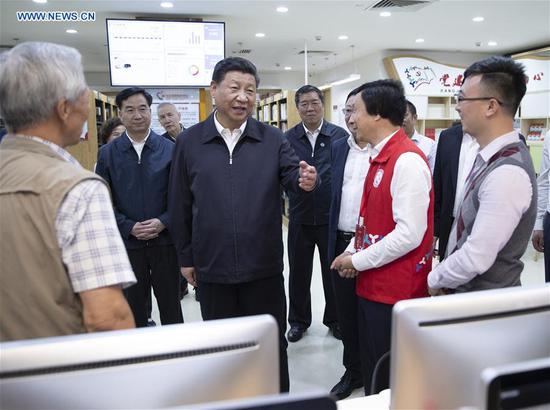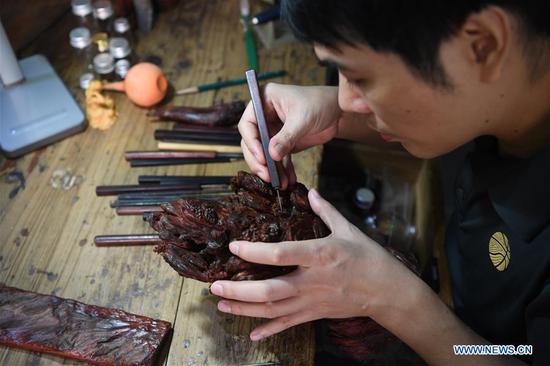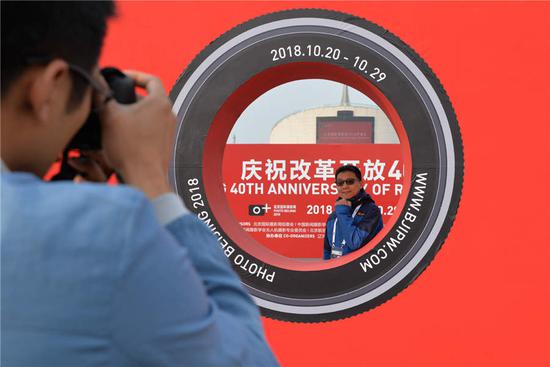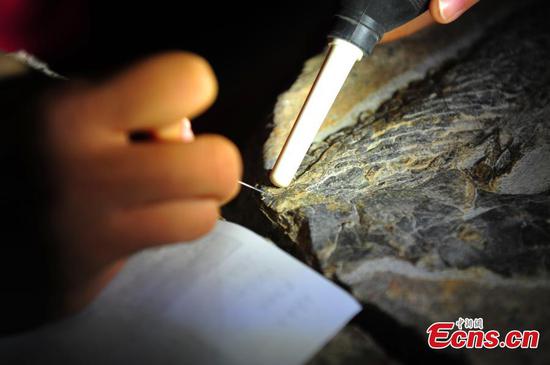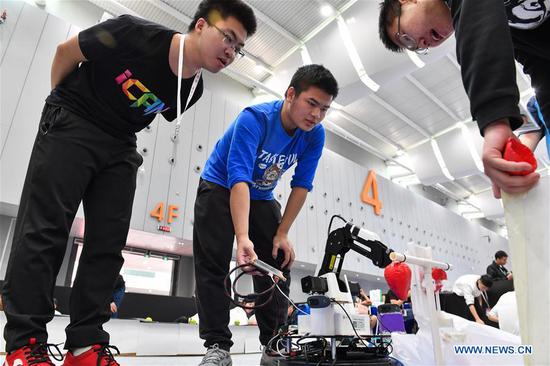American and Chinese researchers have developed an innovative filtering material that can separate purified ethylene out of a mixture with ethane, potentially reducing the environmental cost of manufacturing plastic.
The study published on Thursday in the journal Science described the metal-organic framework (MOF), a class of substances that can separate individual hydrocarbons from the soup of organic molecules produced by oil refining processes.
Polyethylene, the most common type of plastic, is built from ethylene, one of the many hydrocarbon molecules found in crude oil refining.
The ethylene must be highly purified for the manufacturing process to work, but the current industrial technology for separating ethylene from all the other hydrocarbons is high-energy process that cools down the crude to more than 100 degrees below zero Celsius, according to the researchers.
Ethylene and ethane constitute the bulk of the hydrocarbons in the mixture, and separating these two is by far the most energy-intensive step.
Therefore, finding an alternative method of separation would reduce the energy needed to make the 170 million tons of ethylene manufactured worldwide each year.
MOFs look a bit like a half-built skyscraper of girders and no walls on a microscopic level. The girders have surfaces that certain hydrocarbon molecules will stick to firmly, so pouring a mixture of two hydrocarbons through the right MOF can pull one kind of molecule out of the mix, letting the other hydrocarbon emerge in pure form.
The researchers identified a particular framework called MOF-74 and modified it to contain a structure to make it able to attract ethane from their mixture, while consuming far less energy than usual.
They also used a technique called neutron diffraction to determine what part of the MOF's surface attracts ethane, which explained why their innovation succeeded where other efforts have fallen short.
"Without the fundamental understanding of the mechanism, no one would believe our results," said Chen Banglin, a professor in the University of Texas at San Antonio, who led the team.
"We also think that we can try to add other small groups to the surface, maybe do other things. It's a whole new research direction and we're very excited," said Chen.
Chen and scientists at the National Institute of Standards and Technology and China's Taiyuan University of Technology collaborated to make the innovation. Enditem











